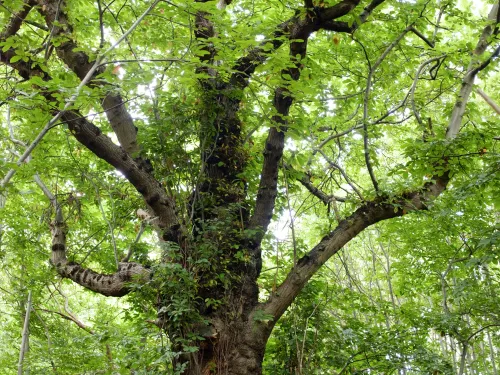
Everything you need to know about carbon sequestration
Ever wondered how planting trees or restoring soil can help fight climate change? Carbon sequestration is nature’s quiet housekeeping - learn more in this blog.
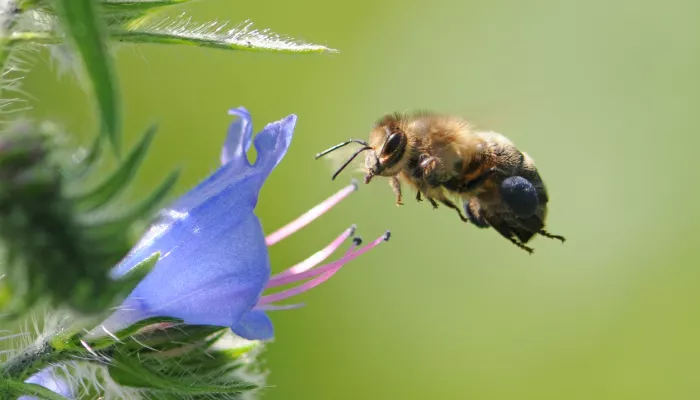
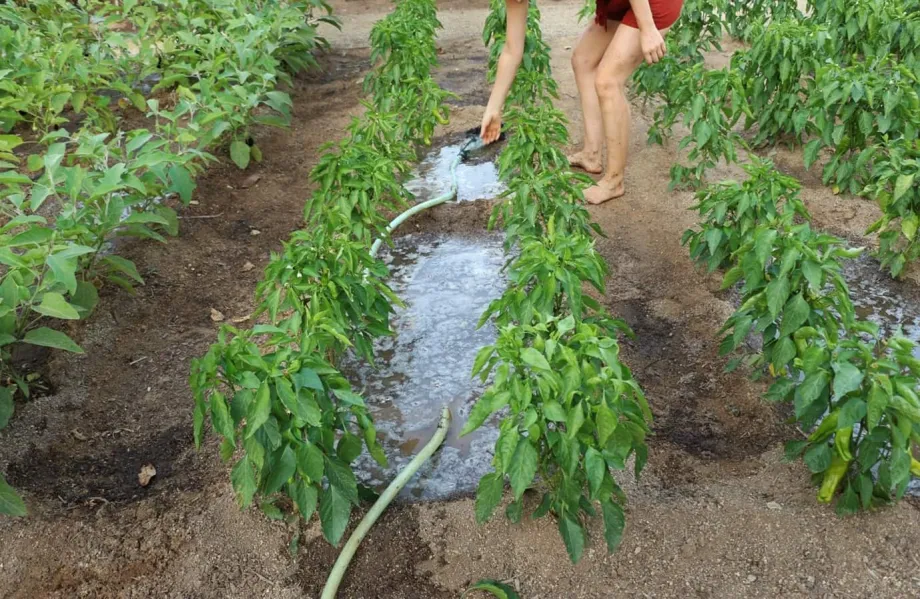
©️ Flora Hastings
Provisioning ecosystem services are essentially goods that can be harvested, such as food, fibre, fuel, wood, and water, which we make use of every day. Examples include:
Benefits that fall under the provisioning category are arguably the most tangible of the ecosystem services.

Regulating ecosystem services are processes in an ecosystem that offer benefits like food management, climate regulation, and the filtration of water. Examples include:
Without regulating ecosystem services, water and air would be impure, we could expect more extreme weather events affecting our communities, and food shortages would be the norm.
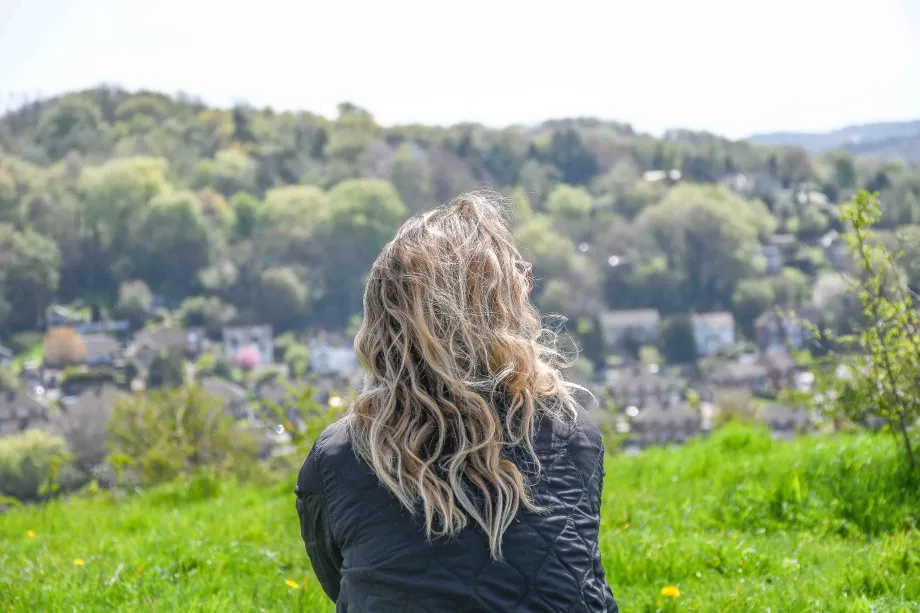
Cultural ecosystem services describe how the natural world benefits people’s health and wellbeing in non-material ways – educationally, recreationally, and spiritually. Examples include:
The cultural ecosystem services we rely on are so often overlooked but make up a huge part of our lives.
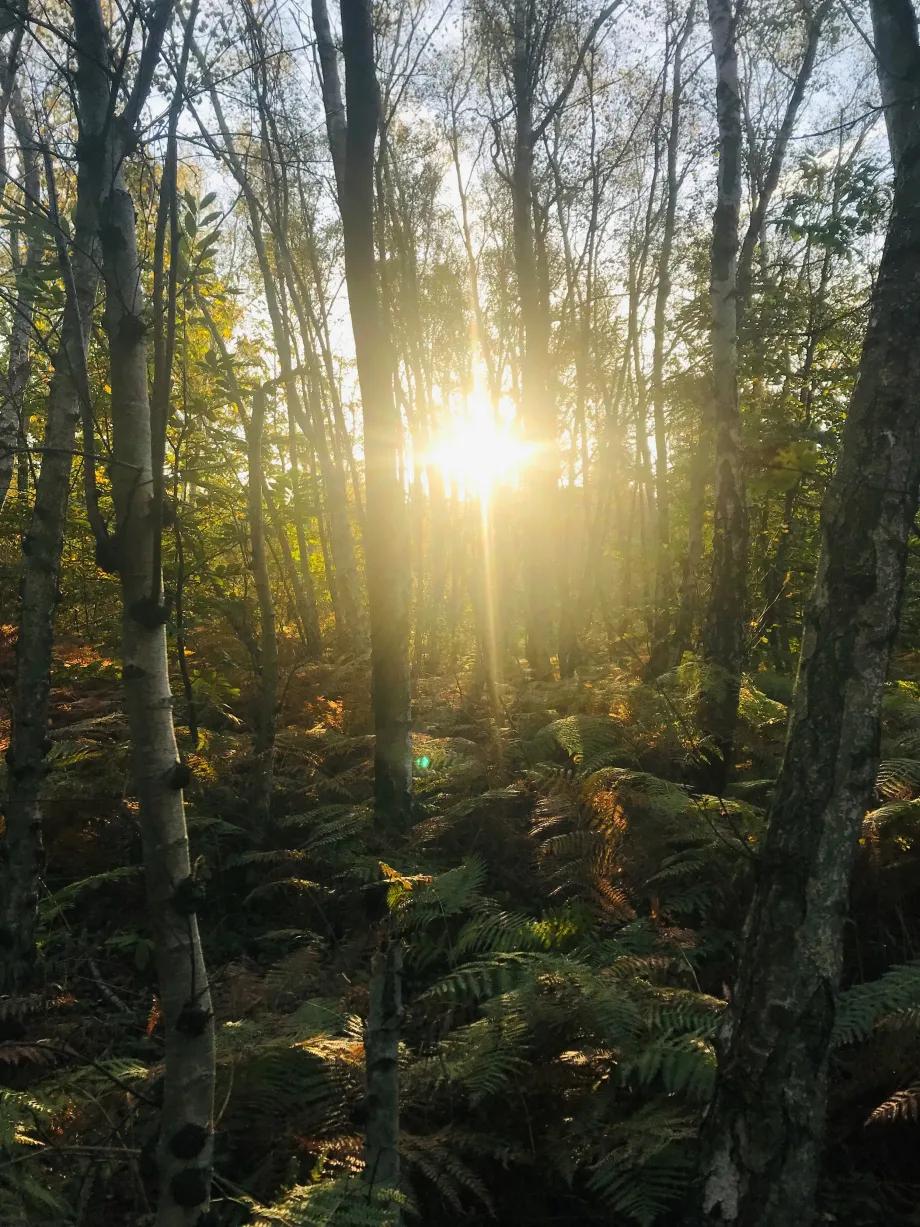
The Blean on a November morning during soil sampling
Finally, ecosystems wouldn’t function without supporting services, which contribute indirectly to our wellbeing by ‘maintaining the processes and functions necessary for provisioning, regulating, and cultural services’. Examples include:
It’s pretty clear that we rely on ecosystem services to survive – but more than that, to thrive. We all benefit from said services, whether we recognise them in our day-to-day lives or not; from brushing our teeth with clean water and eating a healthy breakfast to walking in the park and swimming in the sea.
The loss of biodiversity and healthy ecosystems threatens our culture, our daily lives, our economy, and so much more.
Deforestation, land use change, habitat fragmentation, climate change, pollution, and ozone depletion all threaten and reduce the functioning of the ecosystem services that keep us alive. Once instigated, it’s a cycle that can perpetuate itself – but the process can be stopped in its tracks.
It stands to reason that investing in nature and the solutions it provides to us will help improve the efficiency and impact of ecosystem services and ensure that they serve future generations.
In short, investing in nature ensures our livelihood as a species.
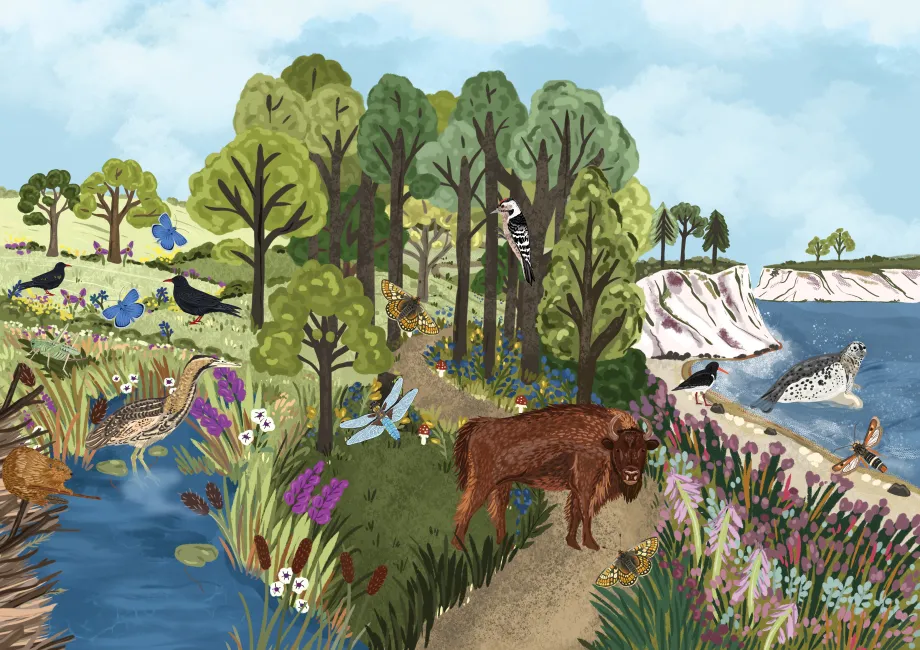
Illustration by Bea Baranowska
Here in Kent, we’re on a mission to raise £3 million to restore habitats and reverse species decline by 2030.
The diminishing of our ecosystem services is shockingly apparent here, with almost 80% of Kent’s rivers, lakes, and groundwater bodies reporting poor water quality, 10% of species under threat of extinction, and harsher weather rewriting our seasons in real-time.
We know we have the knowledge, experience, and strategy to reverse this crisis and help nature do its job.
By 2030, we envision a county where woodlands teem with birdsong, wetlands ripple with dragonflies, grasslands blaze with wildflowers and heathlands echo with the call of restored species.
Will you help us make our vision a reality?

Ever wondered how planting trees or restoring soil can help fight climate change? Carbon sequestration is nature’s quiet housekeeping - learn more in this blog.
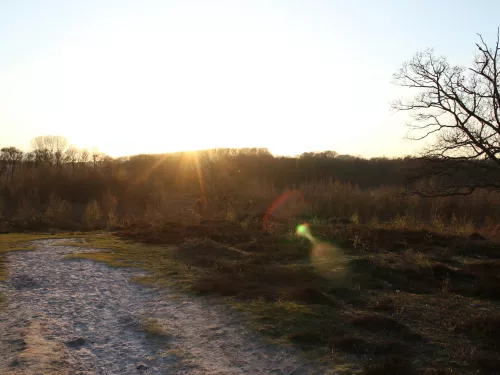
Habitat fragmentation poses significant threats to biodiversity and climate stability. In our lifetimes, we’re witnessing dramatic changes in the landscapes around us and the species that inhabit them.

Snap Elections, Bison calves and a runaway goat! 2024 has been a whirlwind, hasn’t it? Between surprise elections, England almost bringing football home, and the groundbreaking construction of bison bridges, it’s been a year to remember. But while the…